How to escape from pepper pests in a greenhouse
When growing peppers in a greenhouse, the gardener is faced with a lot of unpleasant surprises. The most dangerous are pests. Insects spoil fruits, root systems, leaves, and stems. We will consider a description and photo of pepper pests in a greenhouse and their treatment in the article.
Causes and signs of pests on peppers
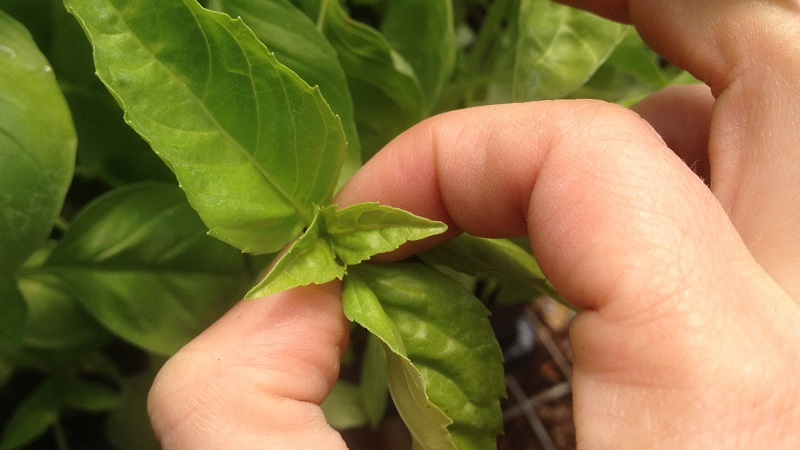
The main reasons for the appearance of insects on peppers are as follows:
- Flight from other cultures. For example, aphids spread from tomatoes, cucumbers. Pests attack both greenhouse plants and those growing in open ground.
- Contaminated soil. Often, beginners ignore pre-sowing disinfection work or transfer soil with insect larvae from an open area.
- Failure to comply with agrotechnical rules. Improper watering and fertilizing, as well as untimely work to destroy the larvae, lead to active reproduction of pests.
- Adverse climatic conditions. Some insects are attracted by heat, others by too wet soil. If you flood the peppers and do not ventilate the greenhouse in time, the conditions will be favorable for the rapid development of diseases due to the influence of pests.
- Planting density. Sunlight does not penetrate between the plants. The soil does not warm up and insects appear.
Signs of pests are as follows:
- weakened stem;
- pepper quickly withers;
- Late blight, gray rot and bacteriosis appear.
In advanced cases, the diseased plant dies.The insects, along with the infection, continue to infect neighboring peppers and other greenhouse crops.
What harm do they cause to the plant?
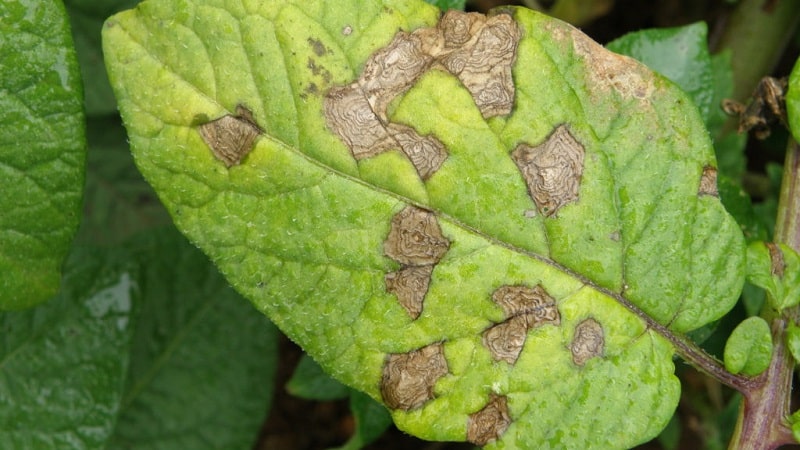
Insects suck juices from stems and leaves, devour roots and fruits. More often, adult larvae cause plant death. Their secretions and waste products provoke infections. This is late blight, gray rot and bacteriosis. They, in turn, destroy groups of plantings.
What are the pests of pepper in a greenhouse?
Insects attack peppers even if all agricultural practices are followed. Therefore, at the first sign of their appearance, they immediately begin the fight to save the pepper and neighboring crops.
Naked slugs

Clams without shells look quite harmless. However, they are capable of destroying not only peppers, but also cabbage, beets, and cucumbers. More often, adults attack young bushes.
Signs of appearance:
- round holes on the leaves;
- slime marks;
- pepper rotting;
- excrement on the stem and leaf blade.
During the daytime, naked slugs hide under the ground, vegetation, boards, and stones. A comfortable environment for them is dense plantings and high humidity. But the mollusks die in extreme heat and become active only during prolonged rains.
Shchitovka
This insect spoils the green mass of the bush and fruits. The scale insect has a rounded body with a diameter of about 2 mm. The body is covered with a brown protective shield, so the pest is not noticeable.
In the photo there is a scale insect on a pepper.
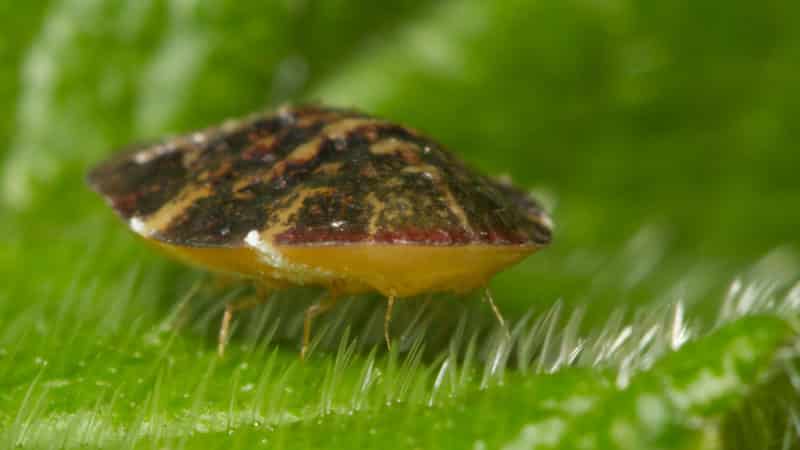
The danger is posed by larvae. They quickly penetrate the leaf blade, sucking the juice from it. At the same time, the surface of the plant is covered with round dark plaques, a sticky coating.
Reference. Female scale insects live in a sticky coating that the larvae continuously secrete.They switch to a sedentary lifestyle, constantly feeding on the plant.
Whitefly

This pest is not easy to detect in a greenhouse, but traces of the larvae are noticeable in the form of curled pepper leaves.
Whitish butterflies lay eggs on the underside of the leaf blade. Then voracious larvae appear and begin to actively suck the juice from the plant.
Signs:
- curled leaves;
- sticky honeydew;
- death of bushes.
The secretions of whitefly larvae are a favorable environment for the proliferation of pathogenic fungi. In advanced cases, pepper dies from bacteriosis.
This is interesting:
Aphid

Light green small insects with a soft body suck juices from plants and eat leaves. Another danger of their appearance is the early arrival of a colony of ants. Aphid destroys all plantings, provoking their infection with late blight.
Signs:
- groups of green insects in certain areas of pepper;
- transparent sticky coating on the leaves;
- ants;
- eaten edges of leaf blades;
- yellow, curled leaves;
- cessation of bush development, twisted tops;
- dried inflorescences and deformation of fruits.
Ants cause significant damage to peppers, but they leave the greenhouse on their own when the aphids completely die.
Spider mite
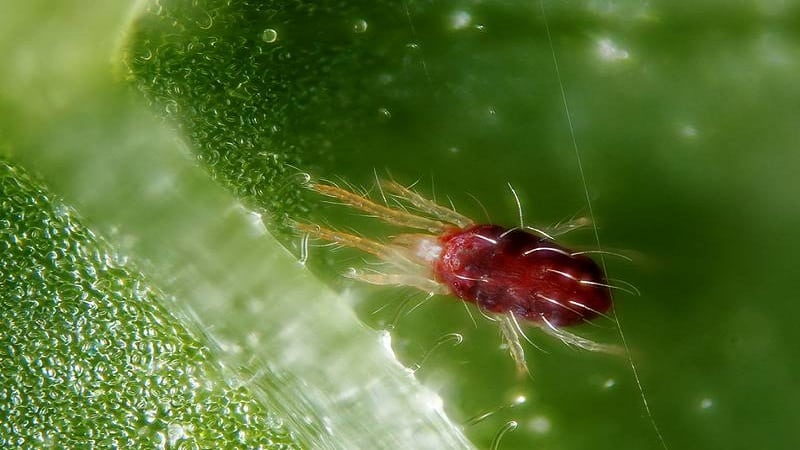
Mite sucks the juice out of the plant and quickly destroys the green mass. Result: the fruits do not ripen, the crop dies. A small arachnid insect settles in the inner part of the leaf. Then it moves to neighboring crops through water, soil, and garden tools.
Signs:
- web;
- holes in leaves;
- death of inflorescences and ovaries;
- yellow and withered leaves.
When cobwebs appear on a leaf plate, immediately begin processing the plantings, otherwise you may lose the entire harvest.
Wireworm

A dangerous pest that spoils crops only underground. Signs of appearance: withered top, weak stem. If the bush is seriously damaged, it is impossible to save the crop. The body of the click beetle larva is dark brown and has a hard surface. The length of an adult caterpillar is 5 cm.
The worm lives in the ground, feeding on the root system and young shoots. It does not die in winter, remaining viable for up to 5 years. The caterpillars attack the lower surface of the stem and are visible in the upper layers of the soil.
Scoop
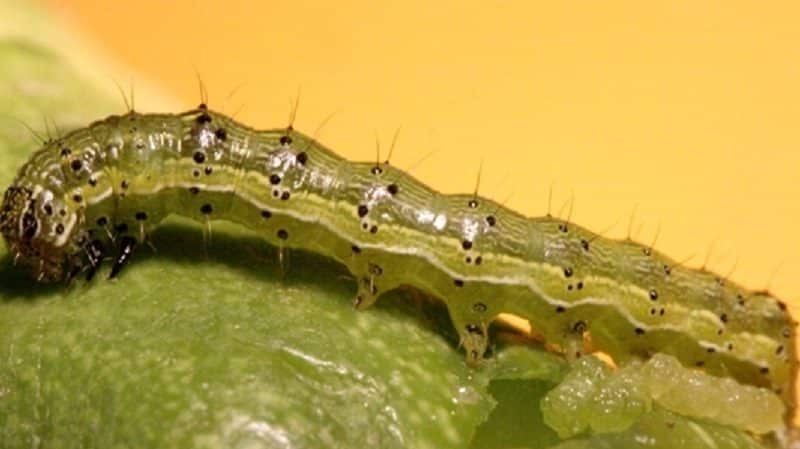
The pest is difficult to detect because it is active only at night. The caterpillars cause serious damage to peppers, reducing the percentage of yield. The larvae hatch in the summer and immediately begin to eat leaves and fruits.
Signs of its appearance include gnawed edges of the leaf blade, minor damage to the fruit, yellow and wilted greenery, and slow growth of the bush. During the day, green caterpillars are found in the upper layers of the soil.
This is interesting:
Thrips
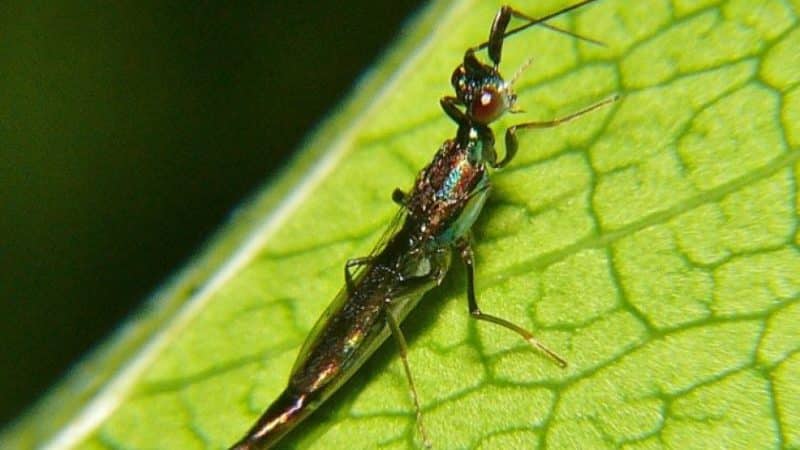
The insects reach a length of 1.5 mm, so they are invisible on peppers. They jump onto neighboring crops, quickly spreading throughout the greenhouse. Insects deprive the plant of juice, which ultimately leads to its withering and death.
Signs:
- small yellow spots or stripes on the leaf blade;
- when shaking the bush, insects fall off in the form of oblong specks of dust;
- yellowing and dying of leaves.
Thrips are the main carriers of diseases. Peppers are often affected by bacteriosis and tobacco mosaic.
Colorado beetle
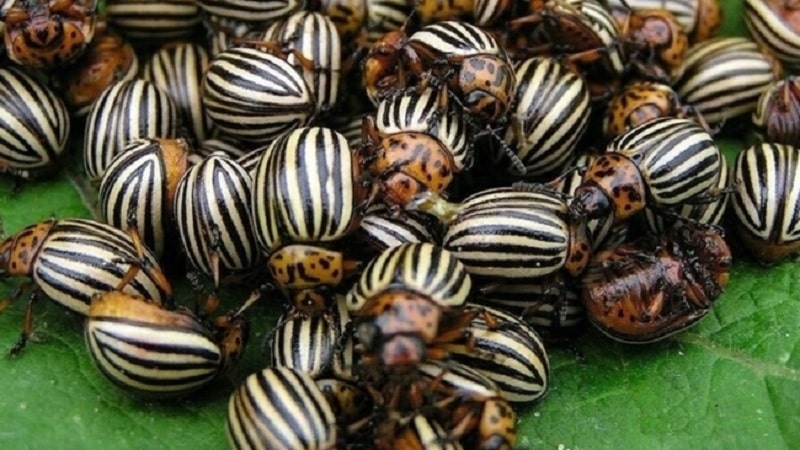
It is almost impossible to destroy the beetle, since it quickly acquires immunity to poisons. It is easy to detect the insect and its larvae. The body of an adult is covered with black and white stripes; the larvae are brown or pinkish in color. Clutches of bright orange eggs are located on the inside of the leaf blade.
Signs:
- colonies of insects on the stem, leaves, ground around the bush;
- egg laying;
- chewed edges of leaves.
Larvae and beetles eat pepper leaves and destroy inflorescences. Adults hide in the ground and tolerate winter well.
This is interesting:
How to escape from the Colorado potato beetle: how to treat potatoes
Medvedka
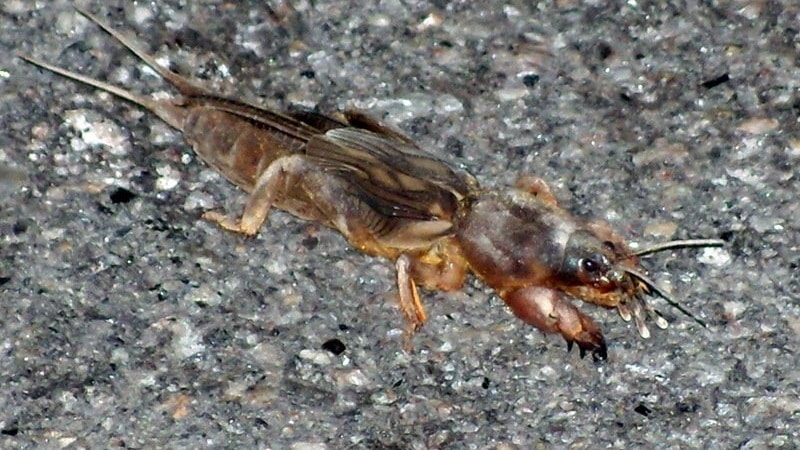
A large insect with a body length of up to 5 cm. It has large front claws, a head with powerful jaws and shortened elytra. The mole cricket eats not only peppers, but also neighboring crops. Lives underground, digging narrow passages to the roots of plants. The pest is difficult to notice because it only damages the underground part of the bush.
When the insect appears, large lumps of earth are noticeable near the bushes. Larvae develop in them, which do not miss the opportunity to harm the roots of the pepper. The plant quickly withers, withers, and dies.
Khrushchev larva
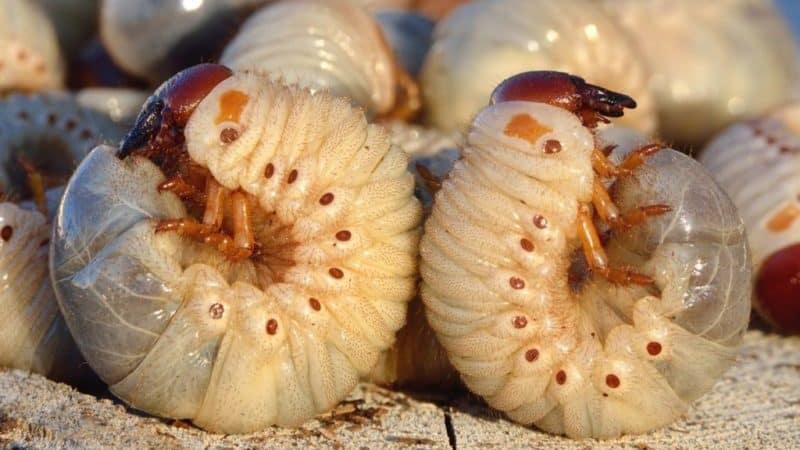
Lives in the top layer of soil and tolerates winter well. It has a thick white body, twisted into a ring. It has 3 pairs of dark brown legs. The voraciousness of the larvae increases with age; they live for 4 years.
In summer, the caterpillars burrow into the ground to a depth of 10-20 cm and eat the root system of the crop. Their favorite delicacy is young pepper seedlings.
Signs of appearance:
- white caterpillars in the topsoil;
- yellow and wilted green mass;
- the bush does not develop, stops growing, and is easily pulled out of the soil.
The pest damages the roots, so the pepper loses its strength and dies.
Ants
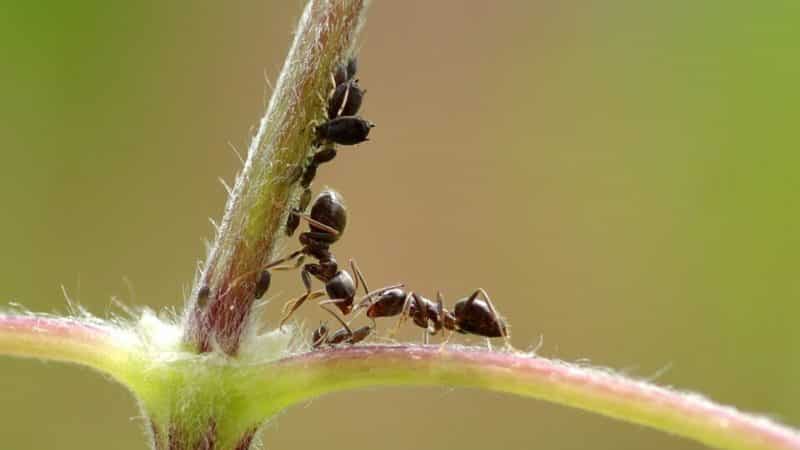
Insects harm peppers by breeding aphids in the greenhouse. Aphids secrete sweet nectar, which causes the ants to create entire colonies, protecting them from other insects. Aphids begin to eat plants and become the cause of disease development.
It is very easy to detect an ant: it moves quickly along the ground and the stems of peppers. Anthills have been formed near the crop.
Caterpillars

Main types of caterpillars on pepper: garden, exclamation, winter, cotton, gamma bollworm, caradrina. They differ in appearance, but do the same damage: they eat leaves, interfere with the development of inflorescences, and destroy plantings.
It is easy to detect them: there are holes on the leaves or they are completely eaten, individuals are noticeable, yellowed and curled leaf plates.
Read also:
If there are caterpillars in tomatoes - popular ways to combat the pest
Nematodes

The worms form yellowish-brown thickenings on the root system of peppers. They live at a depth of up to 50 cm, so it is pointless to fight them with drugs. When worms appear, the plant withers and dries out.
Attention! The affected crop cannot be cured, so the bush is dug up and destroyed. Additionally, a 50 cm layer of soil is removed. To prevent the appearance of the pest, equipment and planting material are disinfected and the rules of crop rotation are observed.
Other types of pests
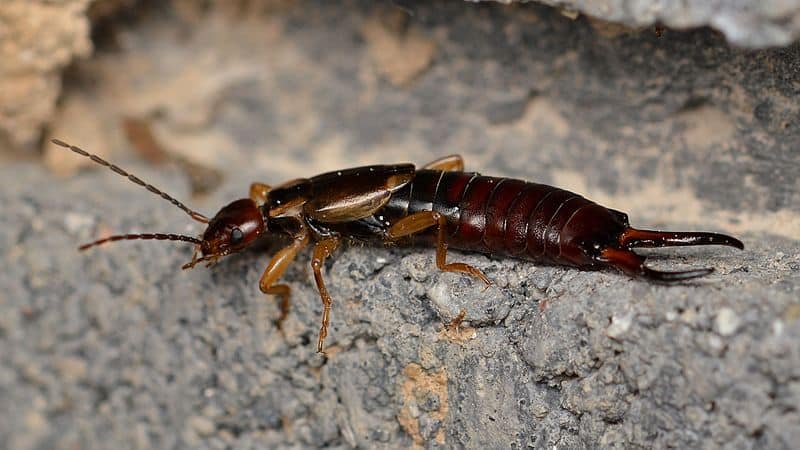
Large groups of two-way in a greenhouse cause a lot of problems. They are distinguished by their bright appearance: a red head, a long black body, and two “horns” on the tail. During the day they hide in the ground, under boards and stones. Doubletails eat young peppers and fruits.Signs of their appearance: wilting of the plant, darkening of the fruit.
How to treat peppers against pests
Despite the variety of insects, experienced gardeners use popular means. These are chemicals, biological preparations, traditional methods. All of them are aimed at the complete destruction of pests, but not diseases.

Mechanical methods
Colorado beetles and their larvae, caterpillars, mole crickets, and slugs are collected by hand. Traps are made for slugs in the form of grooves around the peppers. Severely affected plants are dug up and destroyed.
To remove worms remove the top layer of soil from 20 to 50 cm and replace it with disinfected soil. Small sucking insects are destroyed only with drugs.
To combat aphids Ladybugs are attracted to the greenhouse. They will quickly destroy the colonies and additionally get rid of ants.
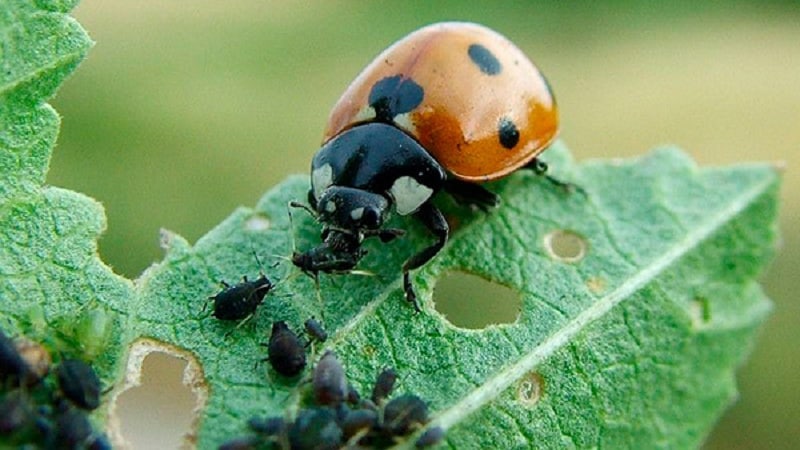
Traditional methods

Effective only against small numbers of insects. Popular options:
- Quicklime, crushed eggshells or coarse sand. Scatter under bushes to kill slugs, caterpillars and worms. Soft bodies are damaged by large particles, so the pests die.
- Soap solution against sucking insects and spider mites. Dissolve 40 g of laundry soap and 2 g of kerosene in 10 liters of warm water. Water the soil generously once a month. Use at any stage of pepper development.
- Soap-ash solution. Add 1 tbsp to 9 liters of warm water. wood ash and 50 g of laundry soap. The resulting solution is sprayed onto the plants once every 2 weeks. Apply before the formation of flowers, then after the appearance of fruits.
- Garlic infusion. Chop 200 g of garlic and pour in 2 liters of boiling water. Leave for a day, then filter and dilute with 10 liters of clean water.The solution is sprayed on the bushes 2 times a month. 2 treatments are enough after planting peppers in open ground.
Biological agents
Safe substances do not harm humans, peppers, or neighboring crops. But they are used strictly according to the instructions. Manufacturers claim that biological products can be used at any stage of pepper development.
The most popular: “Mikoafidin”, “Verticillin”, “Bikol”, “Bitoxibacillin”, “Fitoferm”.
The products show excellent results in the fight against sucking insects, whiteflies, and ants, but are ineffective against worms and caterpillars.
Pharmacy drugs
Safe and inexpensive drugs. They help get rid of aphids, ants, thrips, spider mites, caterpillars, and mole crickets.
The following popular recipes are used:
- Iodine infusion. 1 liter of whey and 10 ml of iodine are diluted in 9 liters of water. The composition is sprayed on bushes once every 2 weeks. Treatment is carried out early in the morning or late evening to avoid sunburn on the leaves. Use at any stage of bush formation.
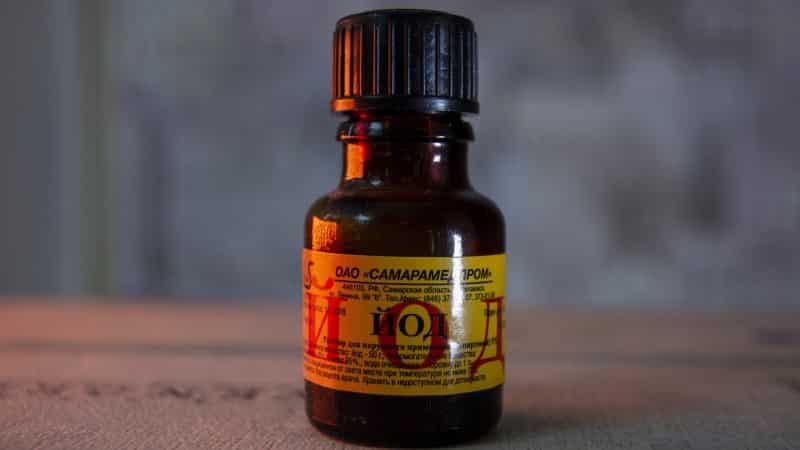
- Boric acid. 20 g of the substance are dissolved in 10 liters of warm water. Pour the composition under each bush in the amount of 0.5 liters. The treatment is effective during the fruiting period, since boric acid destroys pests and improves the taste of pepper.
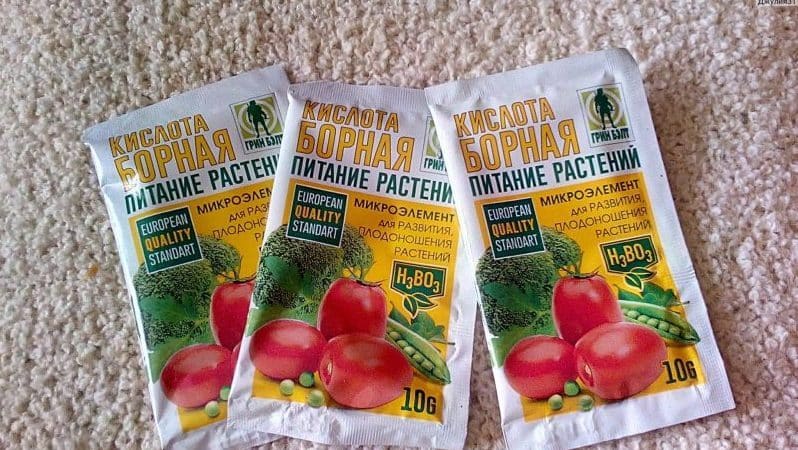
- Potassium permanganate. A light pink solution is obtained, 500 g of wood ash is added to it (per 10 liters of water). The bushes are sprayed with the composition once every 3 weeks during the entire growing season.
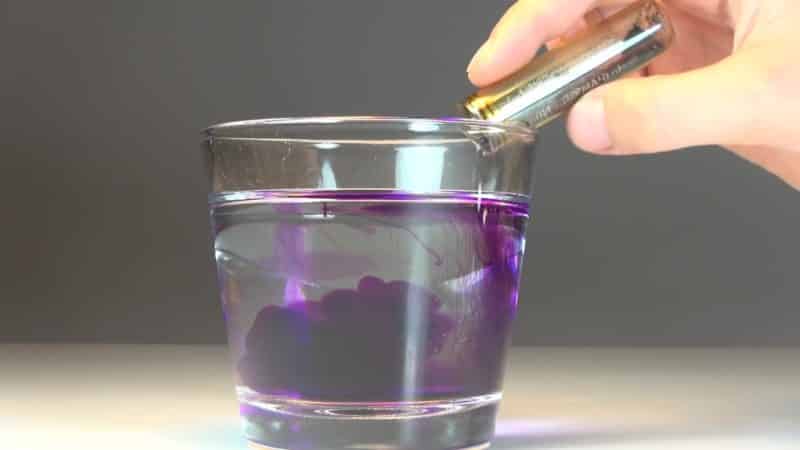
This is interesting:
Iodine and brilliant green to the rescue: secrets of processing cucumbers for a better harvest
The use of boric acid for plants: tomatoes, cucumbers, peppers
Chemicals
Refers to extreme measures of struggle. Destroy insects quickly and effectively.Their disadvantage is toxicity. Therefore, during the blooming period of pepper flowers, chemicals are not used.
How to treat peppers against pests in a greenhouse:
- "Bikol." Helps in the fight against Colorado potato beetles, aphids, caterpillars, cutworms, and wireworms. The substance is diluted according to the instructions (5 g in 10 liters of water), the beds are treated once a week until the flowers begin to appear.
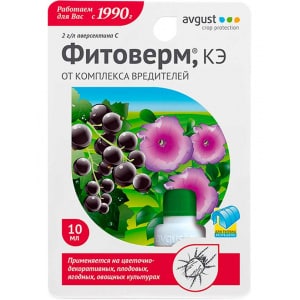
- "Fitoverm". Effective against sucking insects. Dilute 1 ampoule in 10 liters of water, spray the leaves on all sides with the composition. In case of severe lesions, the pepper is treated 3 times before the inflorescences begin to appear.
- "Lepidocide." Aimed at exterminating whiteflies and mole crickets. According to the instructions, prepare a solution (30 g per 10 liters of water) and treat the bushes once a week until fruiting begins.
- "Arrivo". Kills sucking pests at all stages of their development. The mixture is prepared according to the instructions (3 g diluted in 5 liters of water), the leaves are sprayed once every 2 weeks. Enough 2 times before the formation of inflorescences begins. Processing is carried out only in dry weather.
- "Nurel." Used against thrips, wireworms, caterpillars, worms, ants. The pepper is treated with a solution prepared according to the instructions (2 g per 5 liters of water) 2 times before the fruit begins to form.
Scheme and regularity of treatments
Chemicals and biological preparations are used strictly according to instructions.
Folk remedies are used up to 3 times a month. Treatments are carried out in dry weather, late evening or early morning. It is undesirable to use chemicals during the formation of ovaries and fruits. It is better to switch to biological and folk remedies.
Precautions when working with chemicals
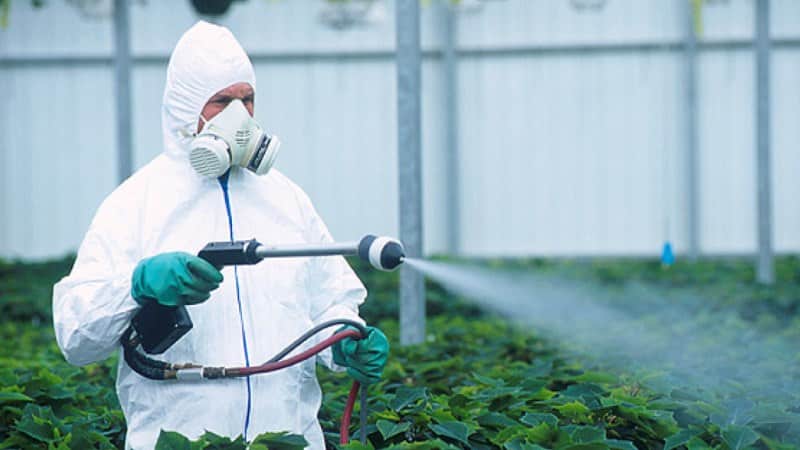
Use masks, gloves, and thick clothing. Make sure that there are no exposed skin areas.After completion of work, clothes are washed, masks and gloves are thrown away. Containers and tools are stored in a separate room.
Pest prevention
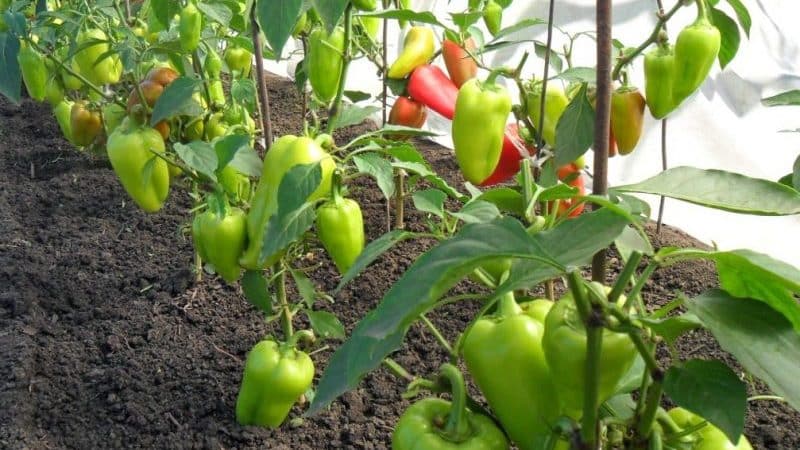
The experience of summer residents has shown that it is easier to prevent insects from appearing than to desperately fight them later. Basic Rules:
- alternating plantings in the greenhouse;
- using only healthy, disinfected planting material;
- pre-sowing disinfection of soil, equipment, greenhouse structure;
- preventive spraying of seedlings with folk remedies;
- regular inspection of plantings for pests;
- compliance with the watering and fertilizing regime;
- timely weeding and loosening work.
Conclusion
Many pests can destroy peppers. Chemicals, biological preparations, pharmaceuticals and traditional methods will help you get rid of them. Adults are easy to collect by hand. It is important for beginners to remember that it is better to follow preventive measures than to end up wasting time and money on purchasing medications.